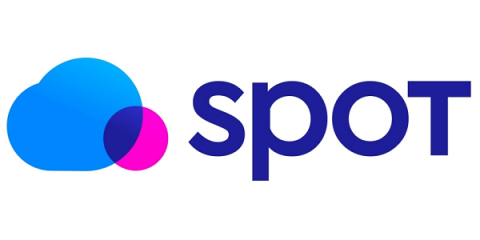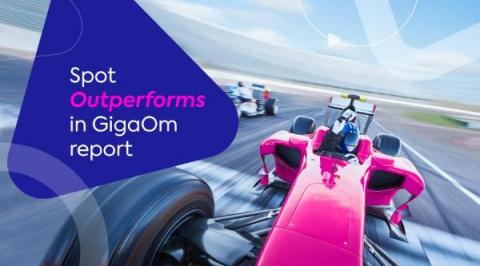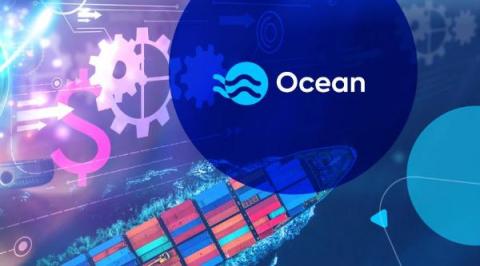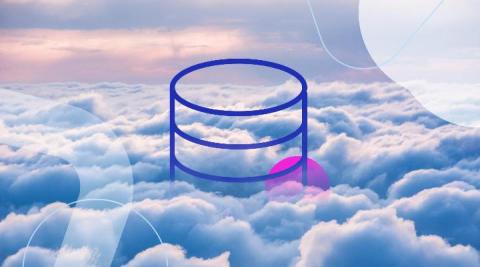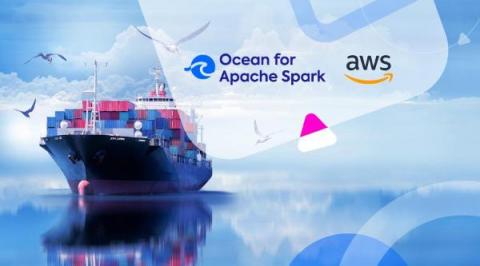Eco is now available for AISPL customers in India
Spot by NetApp is excited to announce Eco Savings Blox, an all-new offering that brings the deep, targeted savings of Eco to Amazon Internet Services Private Limited (AISPL) customers in India. Eco Savings Blox allows businesses to have a flexible and dynamic AISPL environment that prioritizes cost savings without sacrificing performance.



